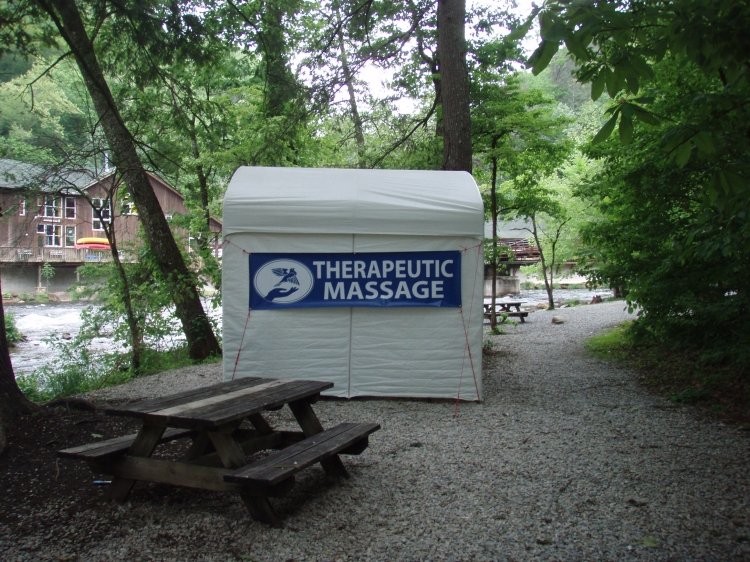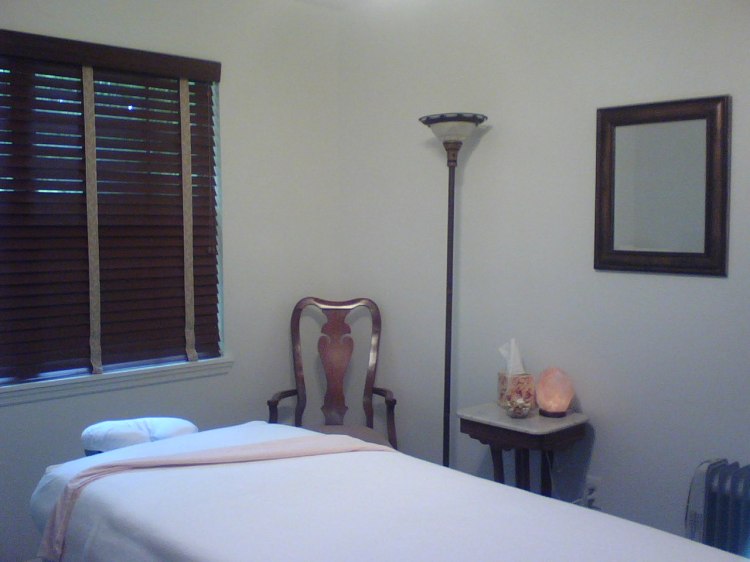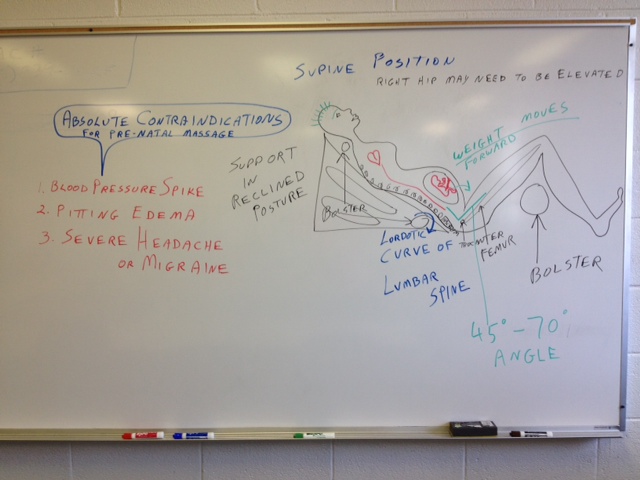I am sharing this because I could not have stated it better! All the following is lifted from another blog . . . scroll down to see whose!
Survive a Hectic Lifestyle
“It wasn’t that long ago when massage therapy was only enjoyed by very wealthy individuals or others that were considered health nuts,” Bates said. “Today, more and more people are aware of the health benefits of a regular massage.”
The people Bates sees at his Hands on Healing Massage Center in Gainesville, Georgia, don’t book appointments for massage because they want to be pampered, he said. “They come because massage provides them the ability to perform at their best—whether that be in the corporate setting or to just survive the stresses of a hectic lifestyle.”
Anyone who uses a smartphone, pad, joystick, laptop or desktop computer does not need to wait until the cumulative effects of digital device use explodes into a stiff neck, painful hands or emotional stress. Regular massage therapy can defuse those effects and keep one’s mind and body ready for the next challenge—or device—of the digital age.
 Karen Menehan is MASSAGE Magazine’s editor in chief. She has also served as MASSAGE Magazine’s editorial assistant, managing editor and editor. Menehan has reported and edited for additional publications and organizations, including Imagine Magazine, the Sacramento Bee newspaper and the LIVESTRONG Foundation.
Karen Menehan is MASSAGE Magazine’s editor in chief. She has also served as MASSAGE Magazine’s editorial assistant, managing editor and editor. Menehan has reported and edited for additional publications and organizations, including Imagine Magazine, the Sacramento Bee newspaper and the LIVESTRONG Foundation.



